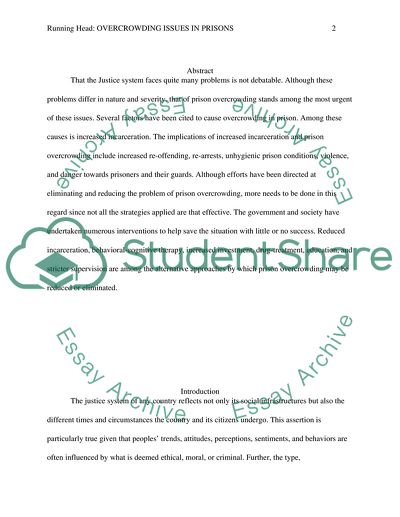Cite this document
(Overcrowding in Jails: The Issue Faced by the Justice System Research Paper, n.d.)
Overcrowding in Jails: The Issue Faced by the Justice System Research Paper. Retrieved from https://studentshare.org/social-science/1791780-issue-faced-by-the-justice-system
Overcrowding in Jails: The Issue Faced by the Justice System Research Paper. Retrieved from https://studentshare.org/social-science/1791780-issue-faced-by-the-justice-system
(Overcrowding in Jails: The Issue Faced by the Justice System Research Paper)
Overcrowding in Jails: The Issue Faced by the Justice System Research Paper. https://studentshare.org/social-science/1791780-issue-faced-by-the-justice-system.
Overcrowding in Jails: The Issue Faced by the Justice System Research Paper. https://studentshare.org/social-science/1791780-issue-faced-by-the-justice-system.
“Overcrowding in Jails: The Issue Faced by the Justice System Research Paper”, n.d. https://studentshare.org/social-science/1791780-issue-faced-by-the-justice-system.


